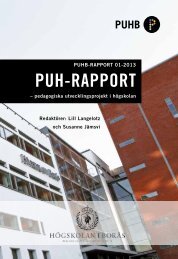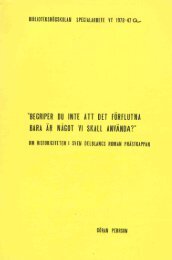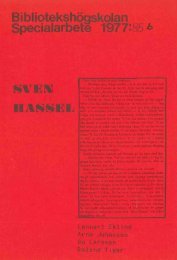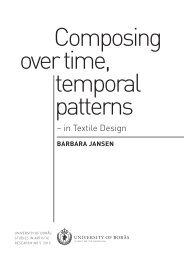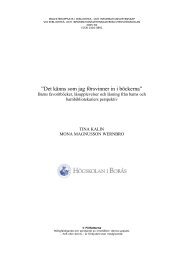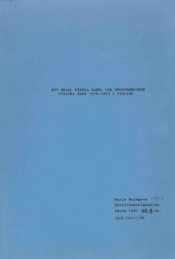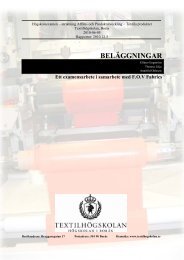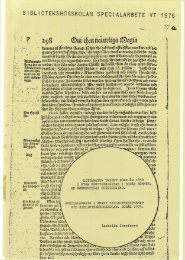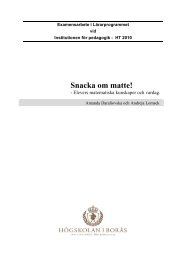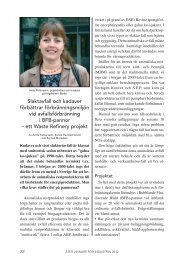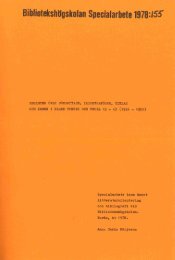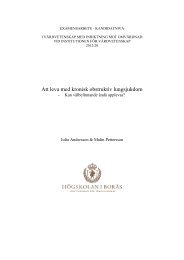2.1.8.2. Absorbency Under Load (AUL) - BADA
2.1.8.2. Absorbency Under Load (AUL) - BADA
2.1.8.2. Absorbency Under Load (AUL) - BADA
You also want an ePaper? Increase the reach of your titles
YUMPU automatically turns print PDFs into web optimized ePapers that Google loves.
As a result, when a compressive load is employed to the swelling superabsorbent particles, it is<br />
forced to change shape, so dimension of pores with increasing the pressure is decreased. The<br />
degree of the deformation depends on the initial crosslinking density and extent of swelling<br />
capacity.<br />
<strong>AUL</strong> (g/g)<br />
40<br />
35<br />
30<br />
25<br />
20<br />
15<br />
10<br />
5<br />
0<br />
0 20 40 60 80<br />
Time (min)<br />
0 kPa<br />
2.07 kPa<br />
4.14 kPa<br />
Figure 28. The absorbency under load of AP-hydrogel versus time under applied loads<br />
3.7.Ⅰ . Centrifugal Retention Capacity (CRC)<br />
The CRC measurement method is described as the amount of 9% saline maintain after the swollen<br />
hydrogel has been centrifuged for 5 minutes at 250 × g. As noted earlier, the CRC of synthetic<br />
hydrogels is in the range of 30 to 35 g/g<br />
[25] . In compare, the CRC of current<br />
synthesized AP- superabsorbent hydrogel is in the range of from about 18 to 22 g/g at about 25±2°<br />
C, depending on the extent of modification. In fact, the main limiting factor of the saline retention<br />
capacity is the amount of carboxyl groups per unit mass of the dry gel.<br />
54



